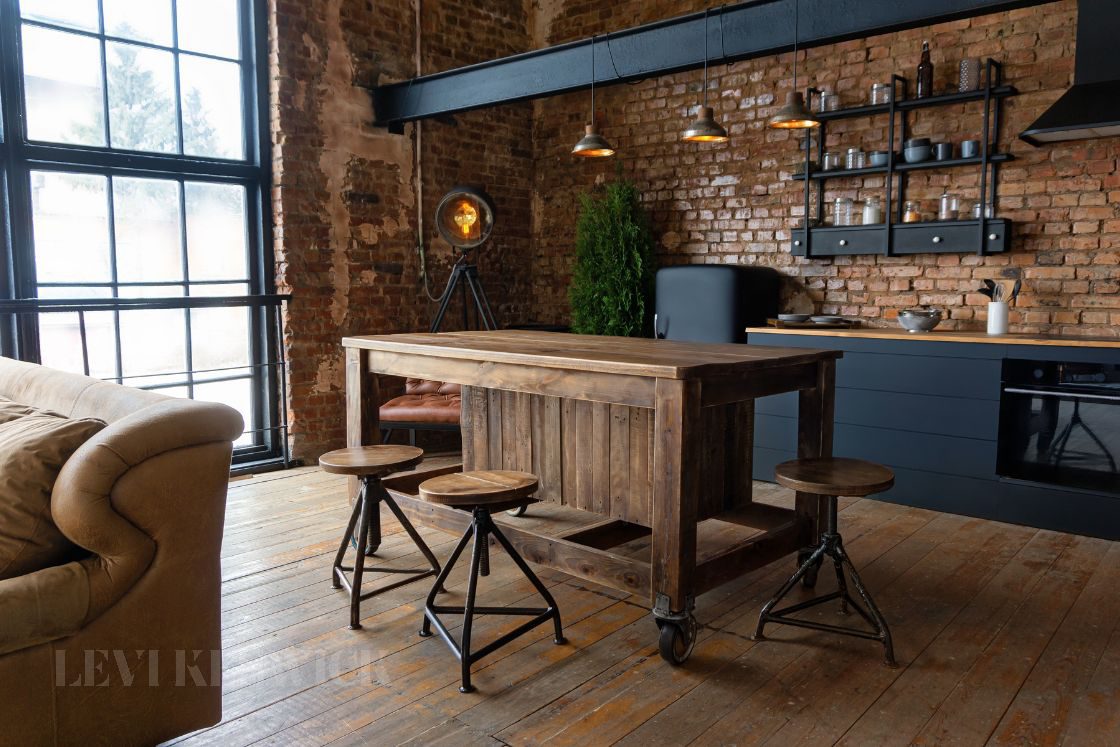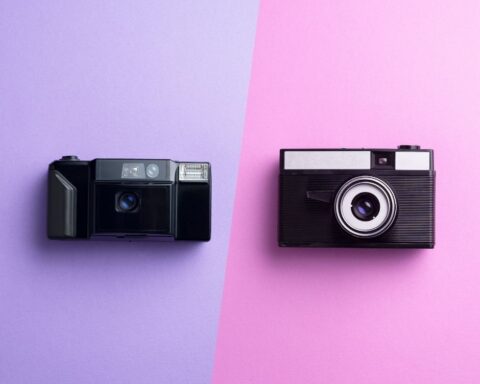Industrial interior design is sleek and attractive. And while many people in the past associated industrial style with cold, impersonal spaces, you can create a unique industrial look with comfortable features that make you feel at home. Whether you want to fastidiously adhere to industrial design or blend it with other styles, achieve your goals by learning the important elements of industrial interior design.
1. Metal
One of the unique characteristics of industrial design is that it highlights metal in architecture, furniture, and decorative accents. Whether it’s shining stainless steel or black metal hardware, feel free to incorporate metal throughout your industrial space. One unique way to add textured metal to a room is to install diamond plate sheets on a wall, either as a backsplash or as wainscoting.
2. Wood
Wood is a key element that adds warmth and an organic beauty to industrial interior design. Consider leaving your wooden furniture, such as dressers and buffets, unpainted to showcase the wood’s tone rather than hiding it behind paint pigment. And if you want to add a natural element to your design, consider getting a live-edge wood table.
3. Exposed Architectural Elements
Industrial design embraces the beauty of your home’s architectural materials. In many apartments, exposed beams and ductwork prominently feature in the industrial style. If you don’t have these features in your home, consider adding wooden beams to recreate the look. Underfoot, consider displaying your polished concrete floors.
4. Open Space
Industrial rooms feel open and spacious, even if they feature dark colors. Large, unadorned windows can help you achieve the look and feel of an industrial loft. Exposed ceiling joists can also make the ceiling feel taller. Add large mirrors to walls and install stylish lights, such as metallic pendant lights in hammered steel, to brighten the room and create the illusion of more space.
Industrial interior design is sleek and attractive. And while many people in the past associated industrial style with cold, impersonal spaces, you can create a unique industrial look with comfortable features that make you feel at home. Whether you want to fastidiously adhere to industrial design or blend it with other styles, achieve your goals by learning the important elements of industrial interior design.
1. Metal
One of the unique characteristics of industrial design is that it highlights metal in architecture, furniture, and decorative accents. Whether it’s shining stainless steel or black metal hardware, feel free to incorporate metal throughout your industrial space. One unique way to add textured metal to a room is to install diamond plate sheets on a wall, either as a backsplash or as wainscoting.
2. Wood
Wood is a key element that adds warmth and an organic beauty to industrial interior design. Consider leaving your wooden furniture, such as dressers and buffets, unpainted to showcase the wood’s tone rather than hiding it behind paint pigment. And if you want to add a natural element to your design, consider getting a live-edge wood table.
3. Exposed Architectural Elements
Industrial design embraces the beauty of your home’s architectural materials. In many apartments, exposed beams and ductwork prominently feature in the industrial style. If you don’t have these features in your home, consider adding wooden beams to recreate the look. Underfoot, consider displaying your polished concrete floors.
4. Open Space
Industrial rooms feel open and spacious, even if they feature dark colors. Large, unadorned windows can help you achieve the look and feel of an industrial loft. Exposed ceiling joists can also make the ceiling feel taller. Add large mirrors to walls and install stylish lights, such as metallic pendant lights in hammered steel, to brighten the room and create the illusion of more space.








